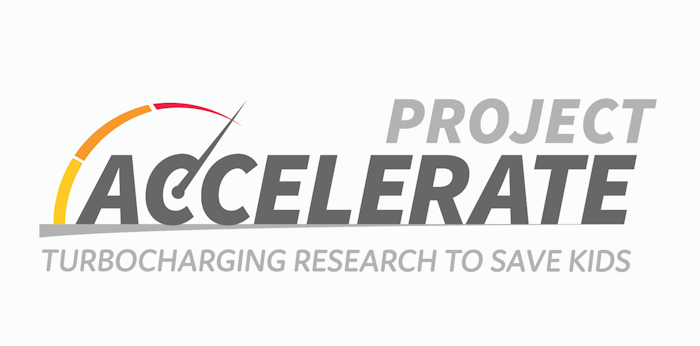Molecular Characterization of Pediatric Brain Tumor Subjects and Trios within the Pediatric Brain Tumor Atlas

About this
Project
We have not yet discovered why the vast majority of children develop brain cancer, and researchers are always looking for ways to advance their research to answer this question. As part of the launch of the Kids First DRC in 2017, principal investigators within CBTN collaborated to provide an initial cohort of ~1000 WGS/RNAseq tumor/normal whole genome and RNA sequencing to the database. This contribution supported the launch of the Pediatric Brain Tumor Atlas. This proposed cohort will work to integrate, for the first time, the underlying genetic contribution of the disease. Highly recurrent genomic alterations, or changes in the genome of a tumor, will be targeted as likely candidates for tumorigenesis, or the origin of a tumor’s growth. Understanding tumorigenesis is key in developing effective diagnostics and treatment plans. Additionally, recent advances have been made to understand the connection between brain tumors and birth defects and this project will support continued efforts. Combining the Kids First Data resource coupled with brain tumor sequence data generated by the CBTN and additional data noted in this project’s proposal will allow for the exploration of such connections. All analyses will be performed in CAVATICA and the Kids First Data Resource Varian Workbench setting.
Ask The
Scientists
What are the goals of this project?
The goal of this project is to utilize CBTN resources to genomically categorize samples from brain tumor subjects.
What is the impact of this project?
The development of CBTN and the Pediatric Brain Tumor Atlas have already contributed incredible support to countless research projects. This proposal expands and extends that impact.
Why is the CBTN request important to this project?
This project would not be possible without access to the robust sample depository and database built by CBTN.
Meet The
Team

Philadelphia, PA, USA

Washington, DC, USA

Chicago, Illinois, USA

Philadelphia, PA, USA
Institutions

Primary
Operations Center

Children’s Hospital of Philadelphia
Joined onOperations Center for the Children’s Brain Tumor Tissue Consortium, the Children’s Hospital of Philadelphia (CHOP) is currently ranked 1st nationally for their Pediatric Cancer Program by U.S. News & World Report. CHOP’s Biobank is home to the CBTTC’s pediatric brain and CNS tumor biorepository; the

Primary
Children’s National Hospital
Joined onEach year, the Brain Tumor Institute at Children’s National evaluates more than 100 new patients with brain tumors, and is recognized as a world leader in childhood brain tumor care and research. Children’s National has pioneered novel pediatric brain tumor therapies, including new molecularly-targe

Primary

Ann & Robert H. Lurie Children’s Hospital of Chicago
Joined onAnn & Robert H. Lurie Children’s Hospital of Chicago treats 220 new patients each year with pediatric cancers. The hospital is ranked 17th in the nation for their pediatric oncology program and 11th for their neurology and neurosurgery program by U.S. News & World Report.Established in 1986, the Lur
related